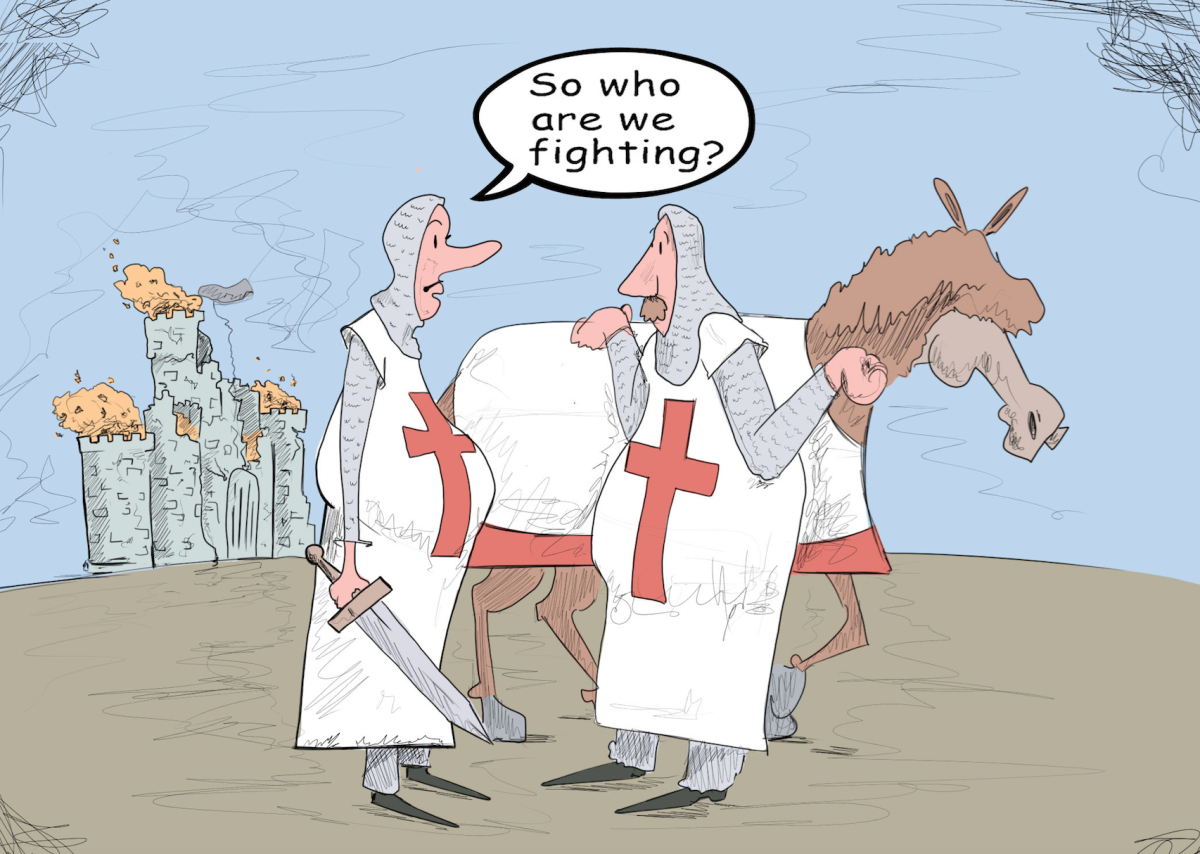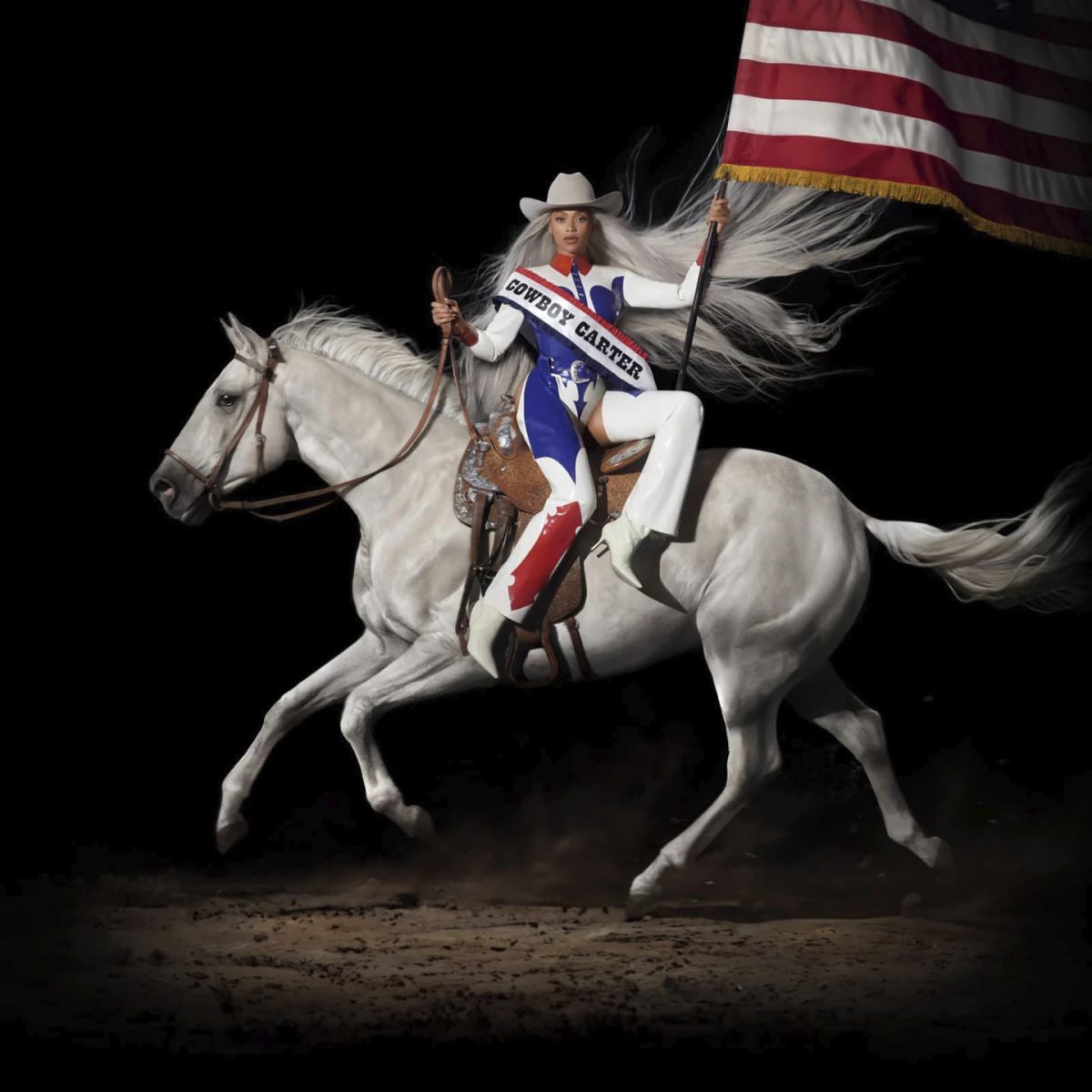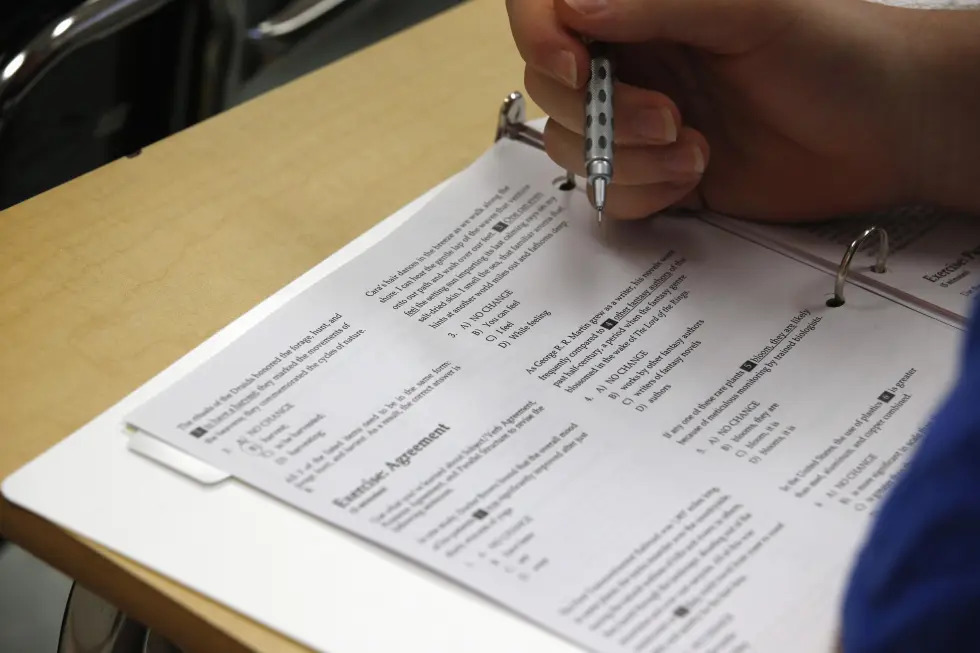Students at the University should be required to complete a course on world religions to graduate.
Students need to be made aware of religious and cultural traditions around the world in an effort to learn tolerance and respect. Many inappropriate statements are made on campus regarding religion and culture because of ignorance. To avoid hate and discrimination, students should be forced to take a class that teaches these important lessons.
There are many classes offered at the University that would help advance student knowledge of cultures and religions and how they coincide. There are classes on world religion specifically, a class on the three largest traditions: Christianity, Islam and Judaism, and classes that specifically focus on the details of religions like Buddhism or Christianity.
George Coe, a PBS columnist, explains a facet of American ignorance stating the understanding Americans have regarding religious involvement in public education. According to a 2010 survey from Pew Research Center on the public’s knowledge of the role of religion in public life, 89 percent of Americans know that a public school teacher cannot lead a class in prayer but only 36 percent know that a public school teacher can legally teach a comparative religions class.
Most districts require a world religions course to be taken or that world religion be incorporated into history classes. This is not enough. Students need to learn more than just basic history of religion, but also the cultural traditions, their religious beliefs in depth and the important practices.
“In fact, most school districts across the country require students to learn about the world’s religions. Teaching students about religion can reduce intolerance and bigotry and help develop global citizens,” Coe said. This same principle can be applied in the classroom at the university level.
In 2014, 17.47 percent of students at the University registered as not following a religious tradition. This was a dramatic increase from the 15.25 percent listed for 2010. In just four years, an increase of about 150 students occurred, increasing the importance of requiring students to study religion.
There are many benefits one can receive from studying religious traditions: learning tolerance, human understanding, cultural knowledge and even, broadening opportunities. “To study religion is simply to deepen our understanding of others and ourselves,” said the Admissions Department at Washington State University.
College is a time to define yourself: who you are, what you believe in, what you want and how you want to live. Learning about the way that others live will broaden horizons for students who grow up learning only the religion practiced by their family. This could play a key role in helping students discover who they are or want to be.
Understanding others is especially important given the political and social climate of America today. Being insensitive is one of the biggest offenses one can commit against the millennial generation. The importance of the feminist movement, support of the LGTBQ community and progressive attitude of the millennial generation proves the importance of understanding and knowledge of people this generation contains. Taking a religion course as an independent college student will deepen this progressive mentality most students contain.
“The study of religion helps you to learn how to think critically, listen empathetically, speak thoughtfully and write clearly. It will also help you to better live and work in our increasingly diverse society and global world,” said the Admissions Department at Washington State University.
This tolerance and understanding will prevent offensive speech in the future by removing ignorance surrounding religion. The University should require students to take at least one world religion class in order to graduate in an effort to lessen ignorance and discrimination.
Britany Diefenderfer is a 21-year old English literature junior from Thibodaux, Louisiana.
Opinion: World religion course needed to deter ignorance
November 19, 2018
cartoon







